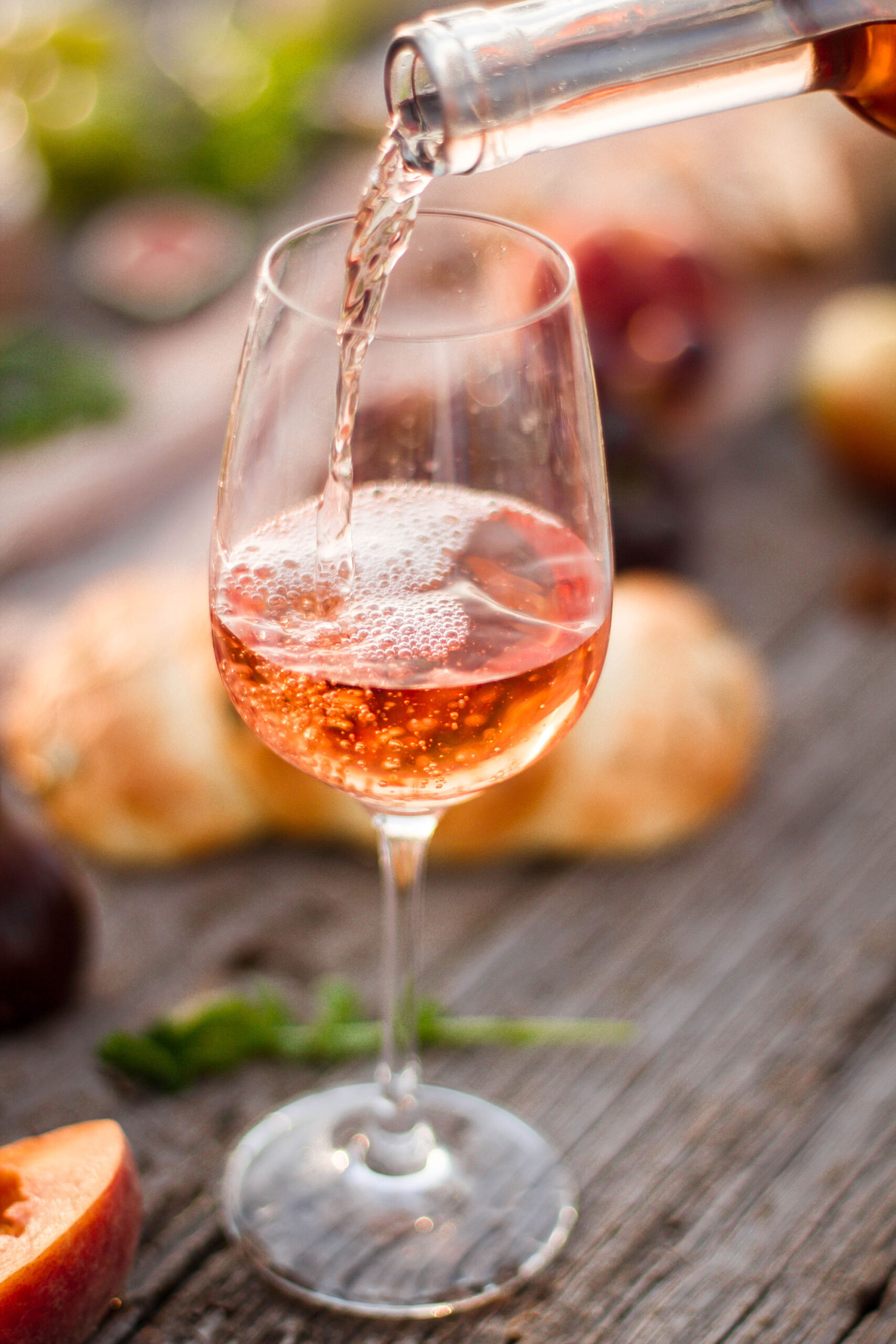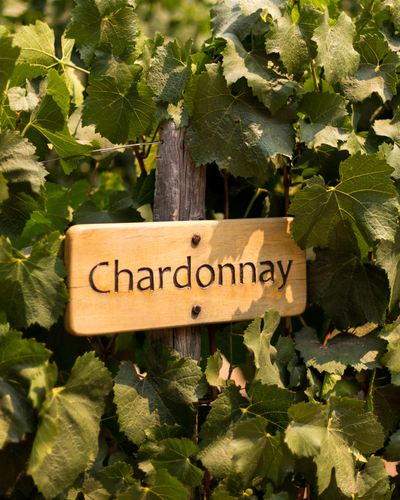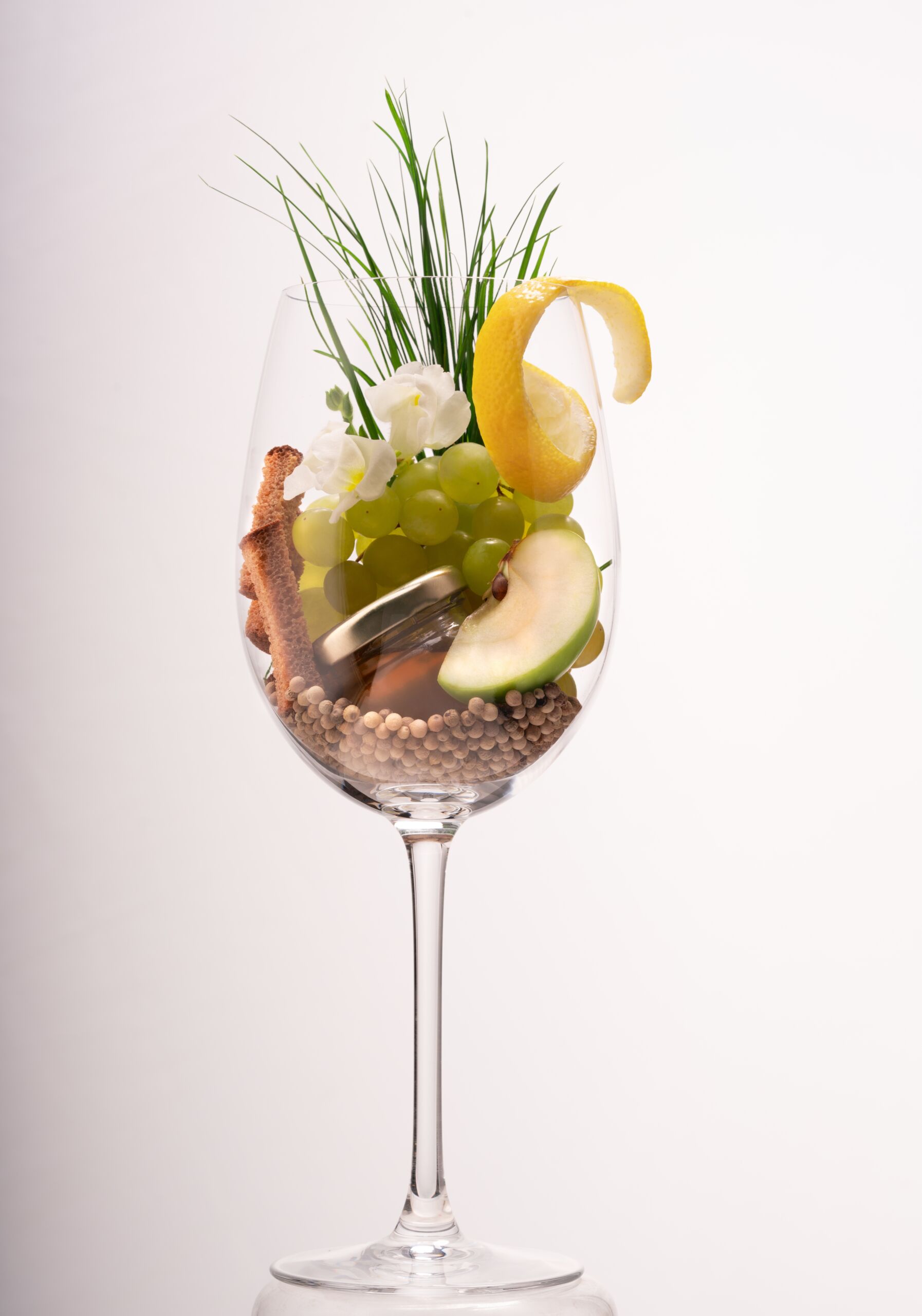(apologies to a certain phone provider)
Orange wine? What? Wine made out of oranges?
No. In a nutshell, orange (or amber or ramato as it is sometimes described) wine is a type of white wine made by leaving the grape skins and seeds in contact with the juice, creating an orange-hued liquid. Or, as orange wine expert and author of Amber Revolution: How the World Learned to Love Orange Wine, Simon Woolf succinctly defines it: ‘effectively… [it is] a white wine made as if it were a red.’
Usually white grapes have no contact time with the skins, having been crushed and pressed to extract the juice before fermentation starts. Black grapes, however, are crushed and fermented with the skins on and seeds intact to wrest colour and tannins from the berries; then they are pressed.
Orange wine starts off with white grapes, but the berries are then treated as if they are black ones.
The fermenting grapes are left for varying lengths of time. Some are left for a matter of days – others many months; it depends on what the wine maker wishes to achieve, and which country is involved (see below). The results fluctuate not only in terms of colour (most of which comes from lignin in the seeds), but also on the nose and palate, where there is increased intensity, sometimes with heightened tannins.
In common with natural wines (see my previous Blog) orange wines are made using few or no additives. Fermentation is nearly always by means of indigenous yeasts, namely only those yeasts that occur spontaneously on the fruit and in the vineyard are used.
Also, like natural wines there is no legal designation for orange wine, although some countries have specified their own requirements: for example, in South Africa orange wines must have a minimum of 96 hours in contact with the skins (which must include time undergoing fermentation), and a maximum sulfite content of 40 milligrams per litre of wine.
You may think that making orange wine is a recent innovation of avant-garde or maverick vignerons, but this is not the case. Archaeological evidence shows that the process of making orange wine is ancient, dating back some 8,000 thousand years to the Caucasus region where crushed whole berries were fermented in subterranean clay vessels called qvevri. The porous qvevri were lined with beeswax to make them water- (and wine-) tight, and, once filled, were sealed with a wooden or stone lid.
Nowadays orange wine is made in most wine-producing countries, although some of the most highly respected examples come from the traditional ‘orange’ heartland of Georgia, as well as parts of Italy and Slovenia. Any white grape variety can be used to make orange wine and while clay is still used in some areas, fermentation vessels may also be steel, concrete or even oak to allow for a little oxidation.
When it comes to the taste, forget words like subtle, understated and nuanced. These wines are bold and robust, with structure and complexity.
You won’t find any light citrussy flavours here; stone and tropical fruit, zest, dried fruit, herbs, honey, nuttiness and sourdough come to mind, with an intensity that can take you by surprise.
When it comes to food, orange wines can stand up to robust dishes such as curries, Middle Eastern and Moroccan cuisine, fermented food, flavourful cheese and meats. And if you’ve
struggled to find a wine that can cope with asparagus, mushroom dishes or aniseedy fennel, then look no further.
If you would like to try an orange wine, why not indulge in a bottle of our Wine of the Month – Craft Farm Home Vineyard Rosehip from New Zealand.
By Maureen Little
https://www.thewine-shed.com/product/craft-farm-home-vineyard-rosehip/






